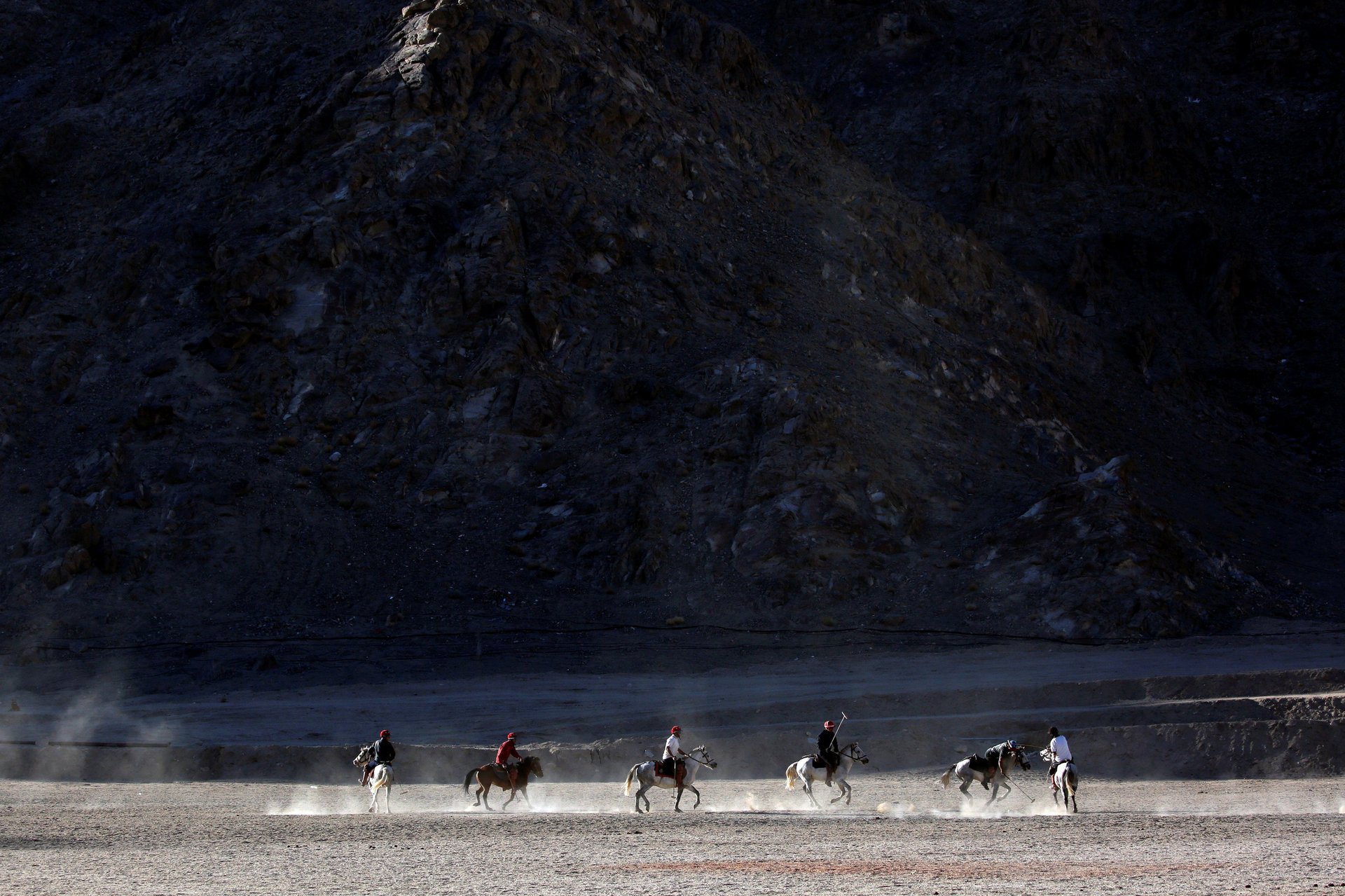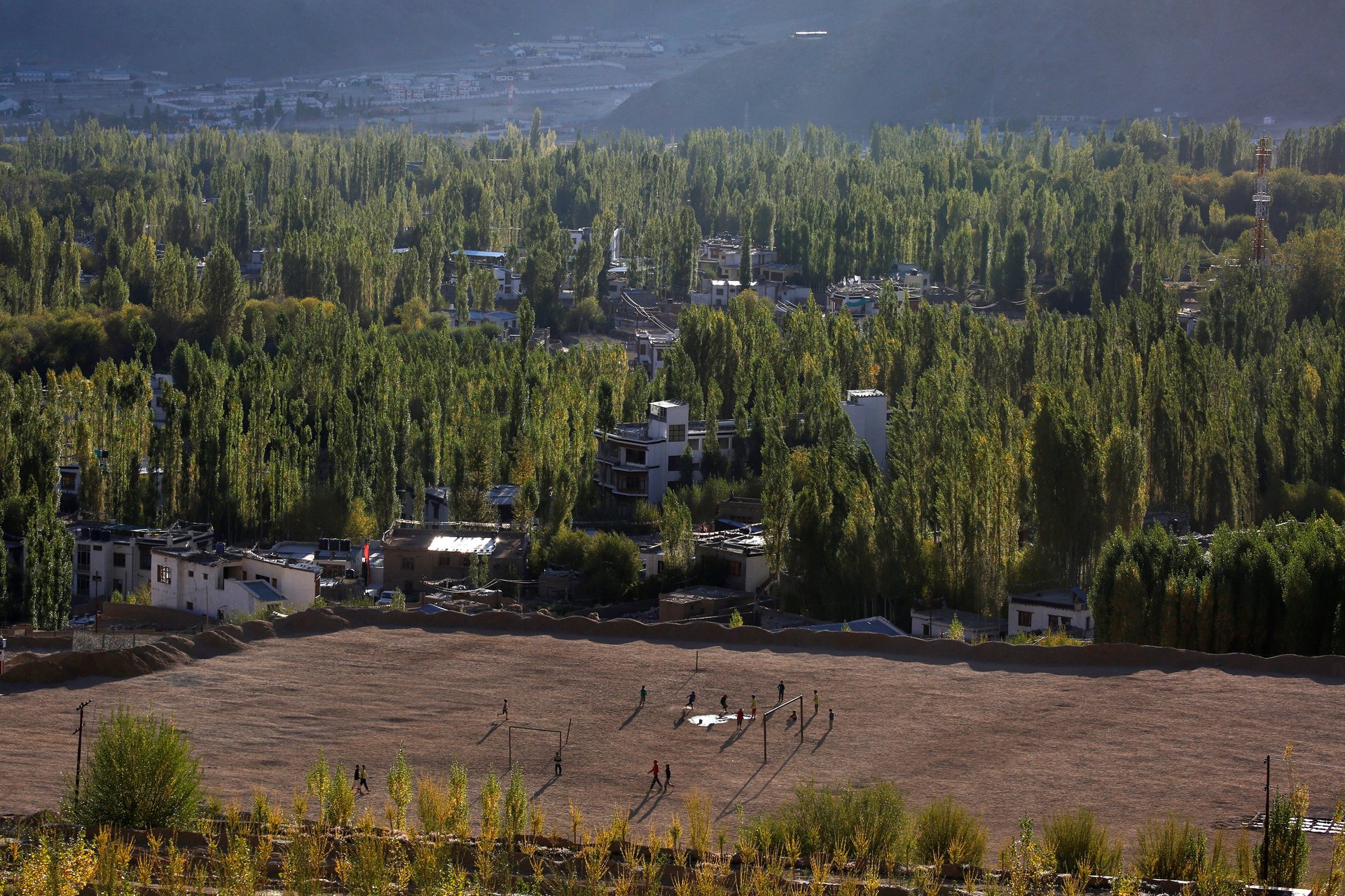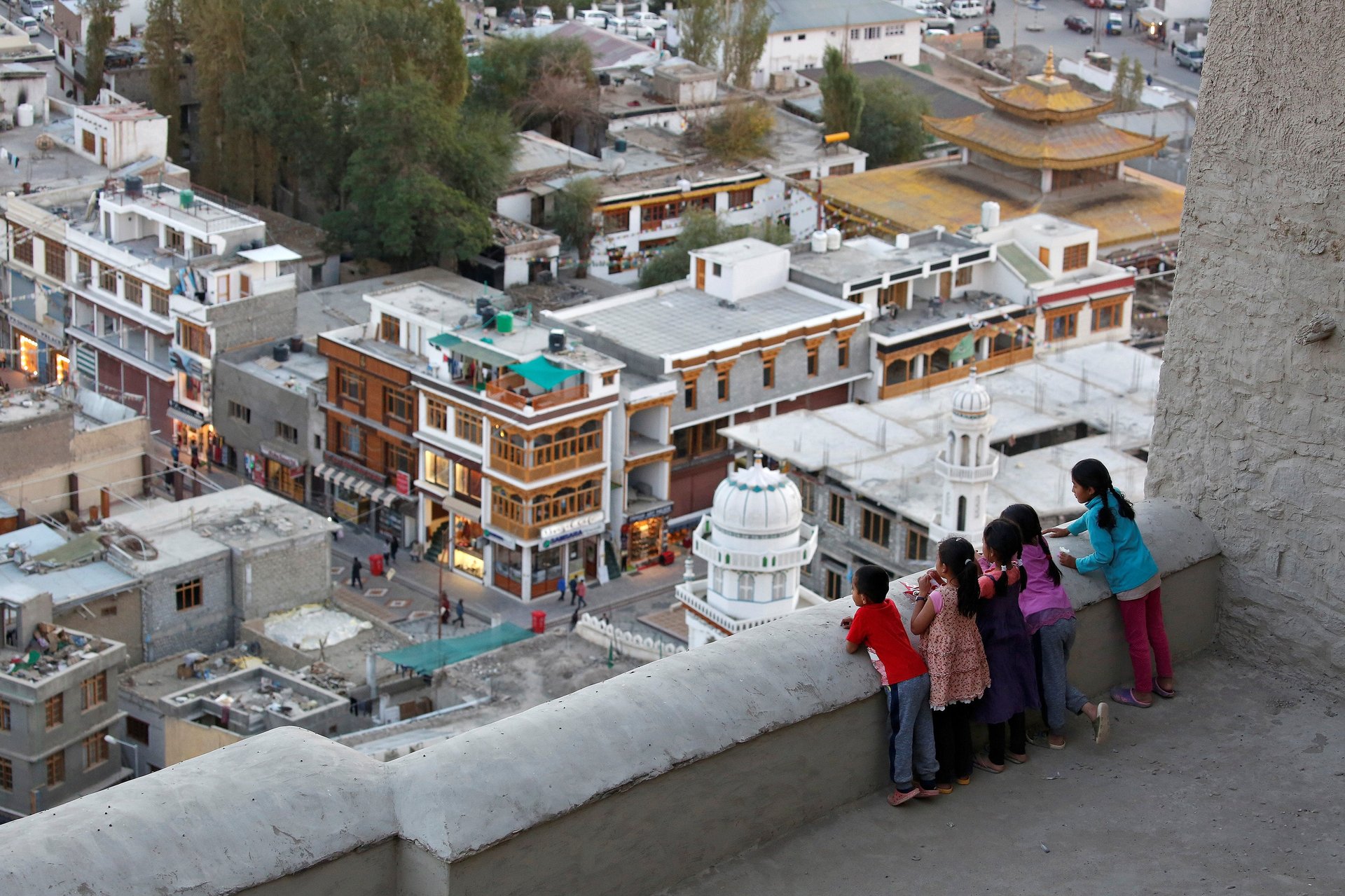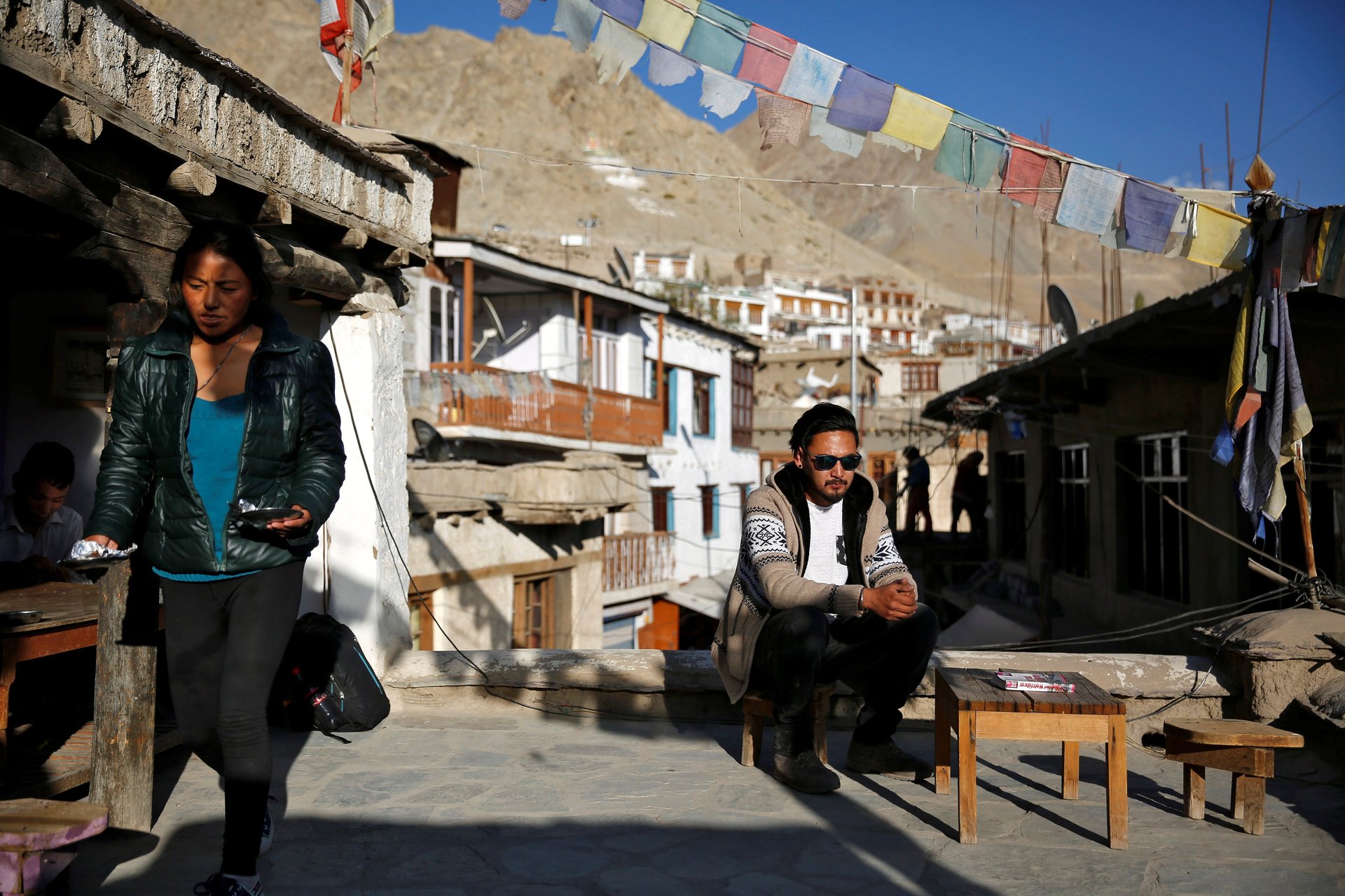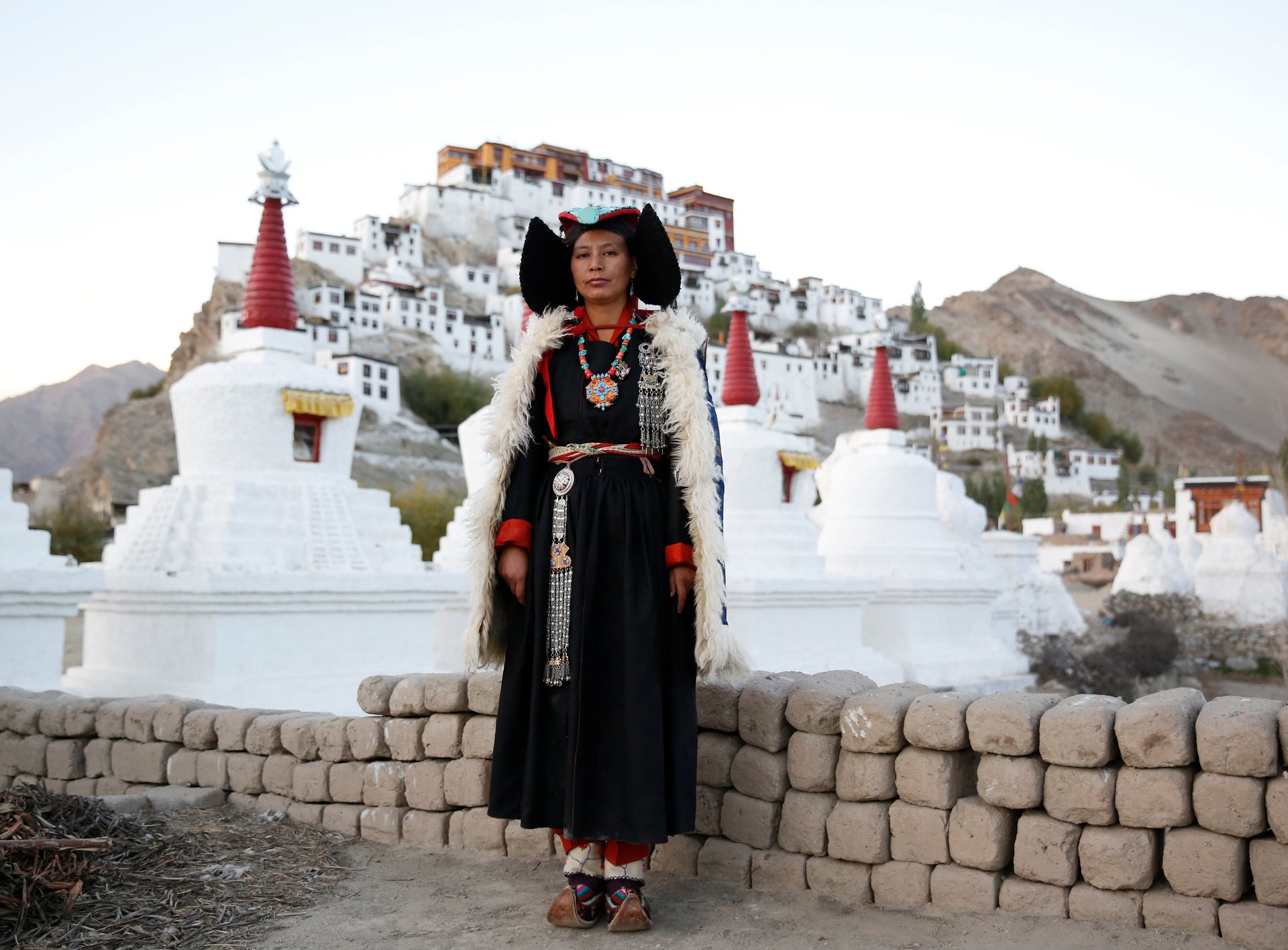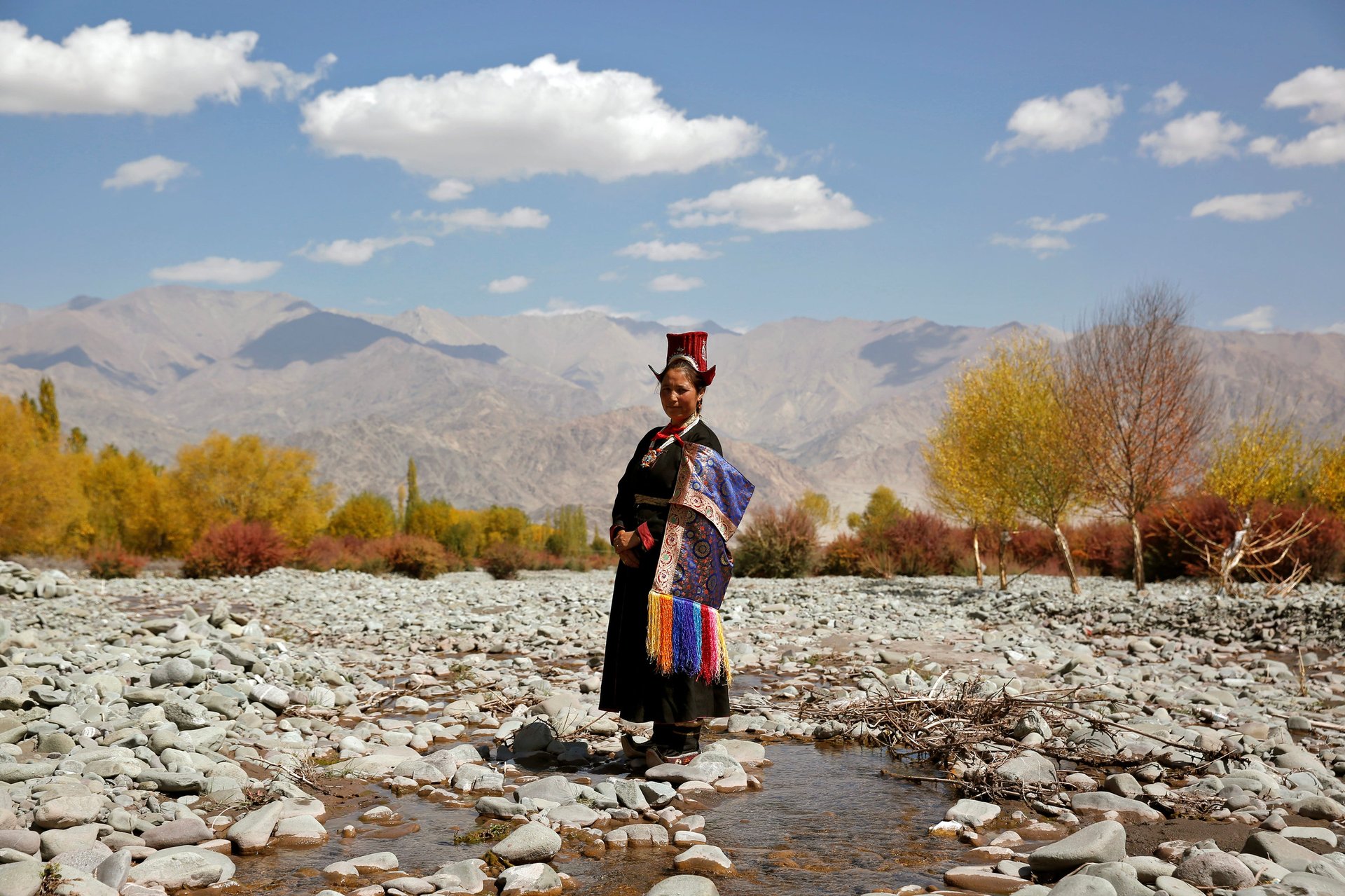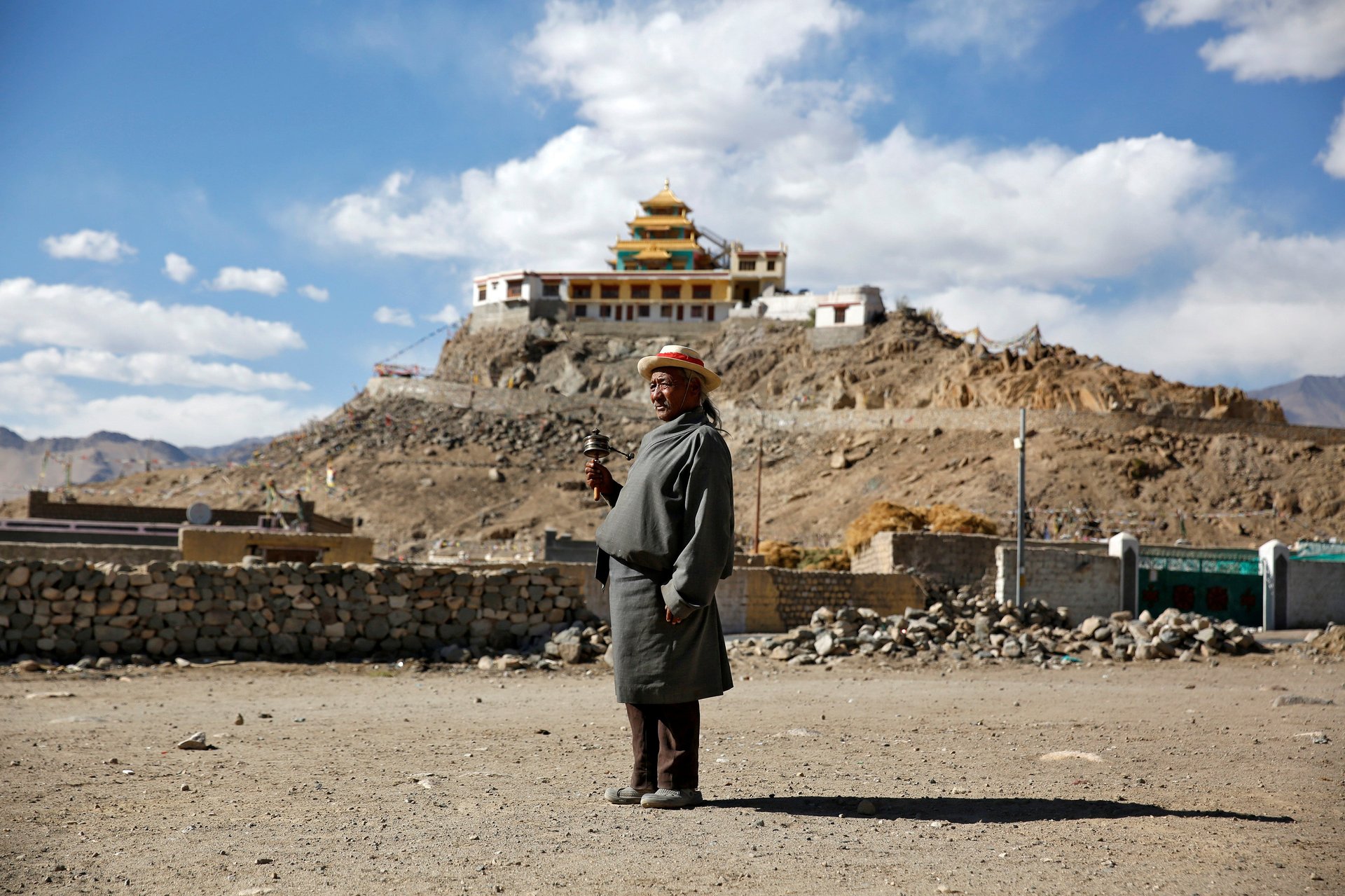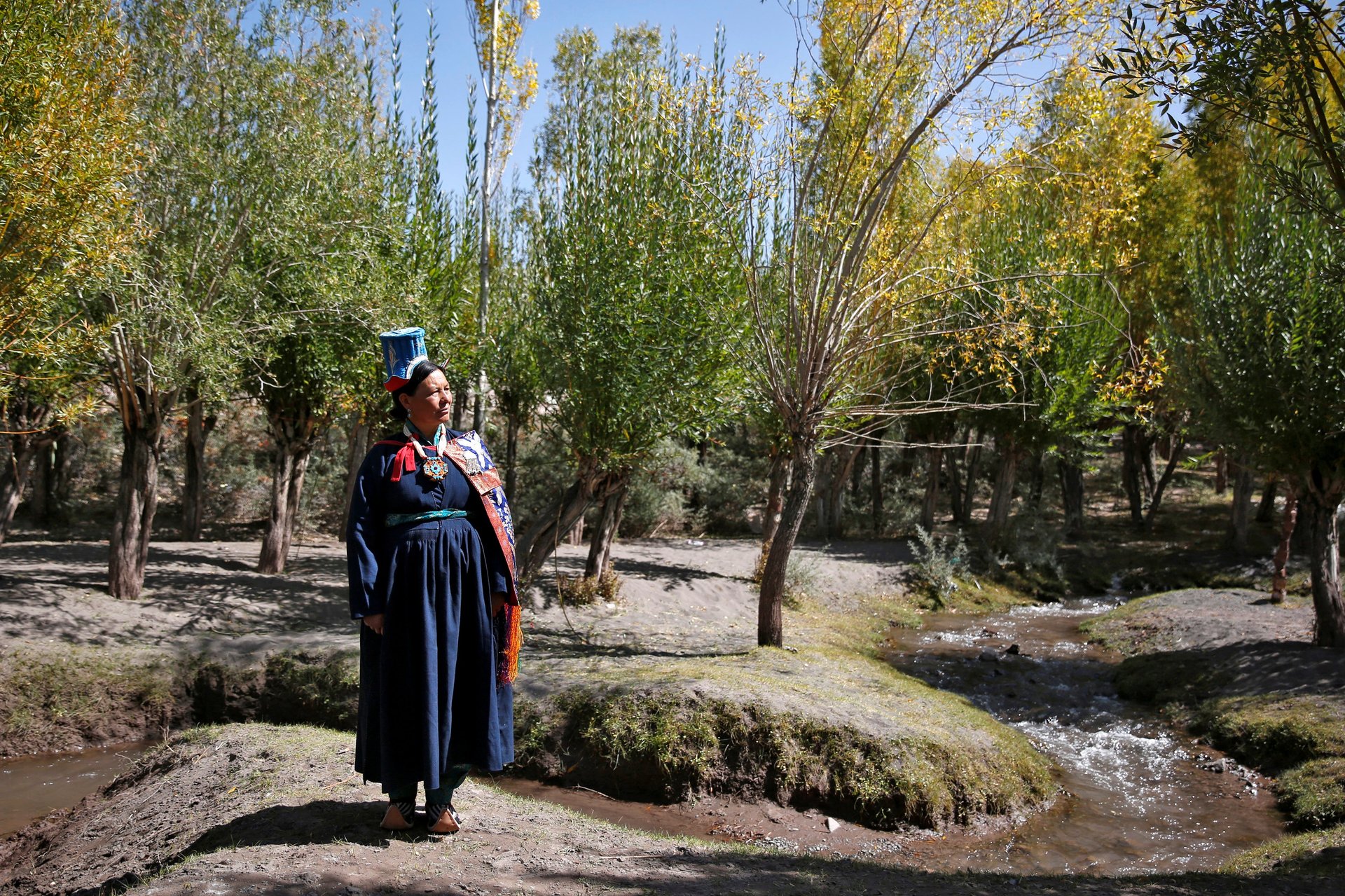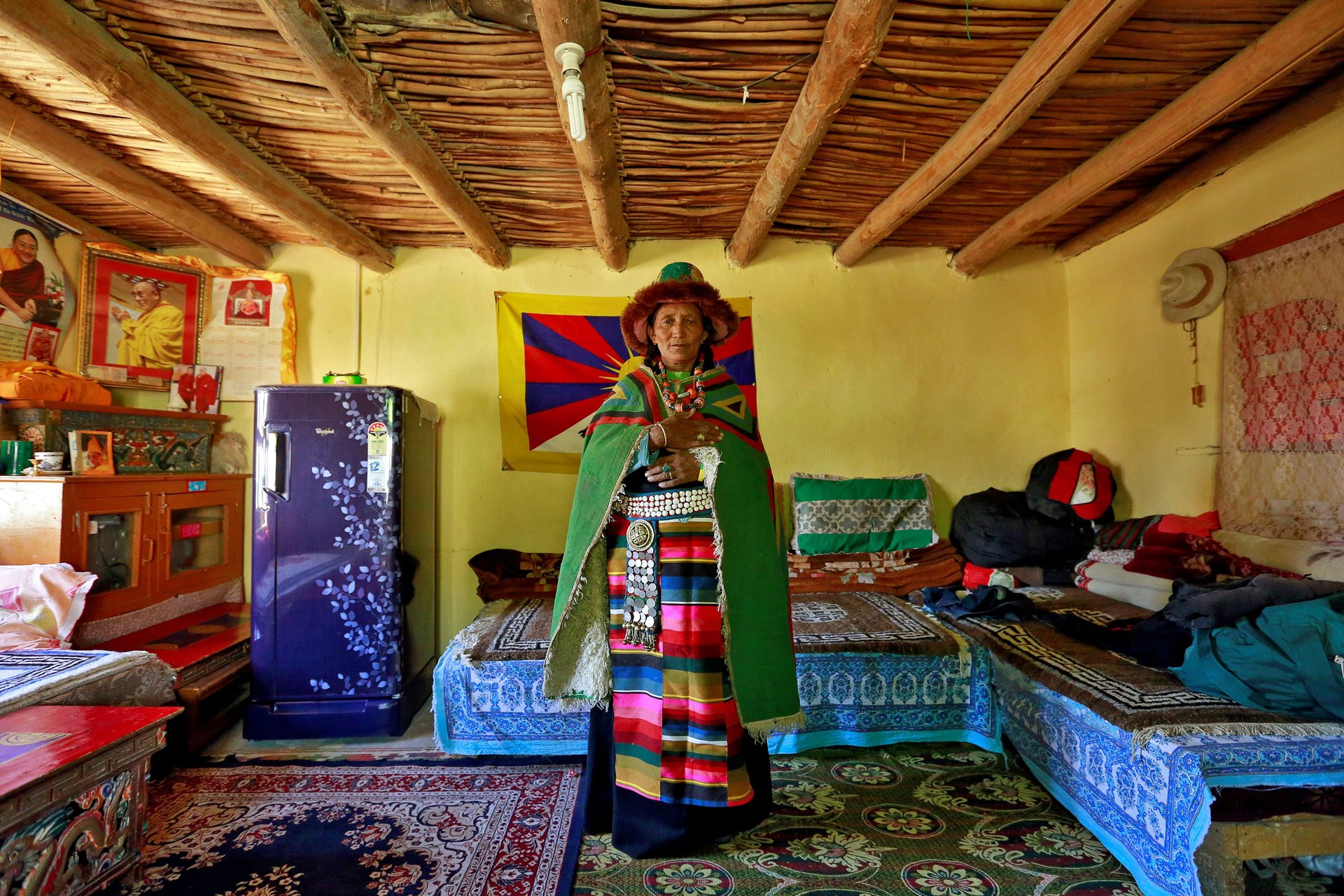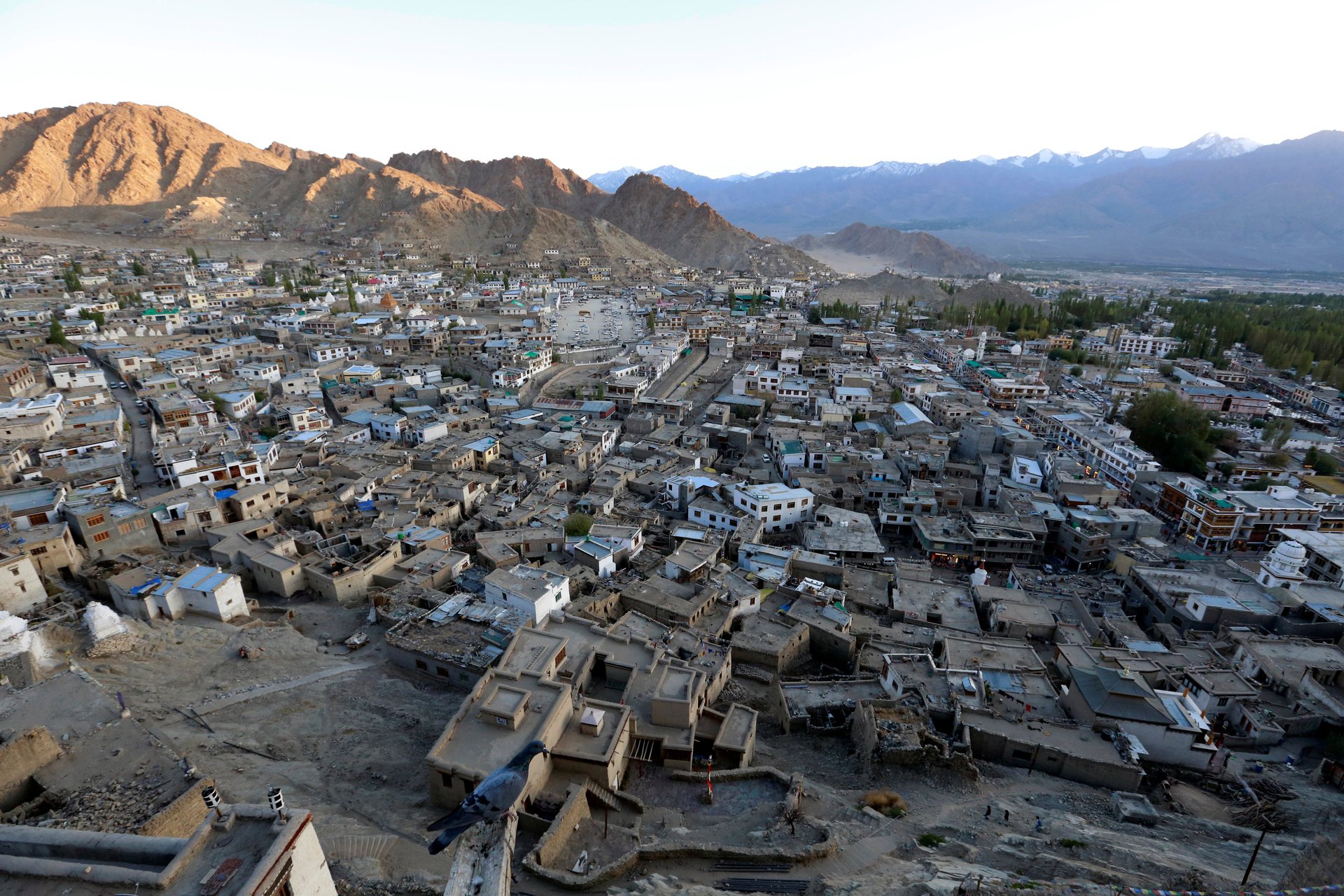Ladakh’s tourism boom is slowly changing the age-old way of life in a corner of the Indian Himalayas
Nestled high up in the Indian Himalayas, Ladakh was first opened up to tourists only in 1974. That year, just 527 visitors made the trip; of these, only 27 were from India. But in recent years, with rising disposable incomes and a growing interest in travel, Indians are increasingly flocking to the region’s high-altitude villages, encouraged by better accessibility and the proliferation of package tours.
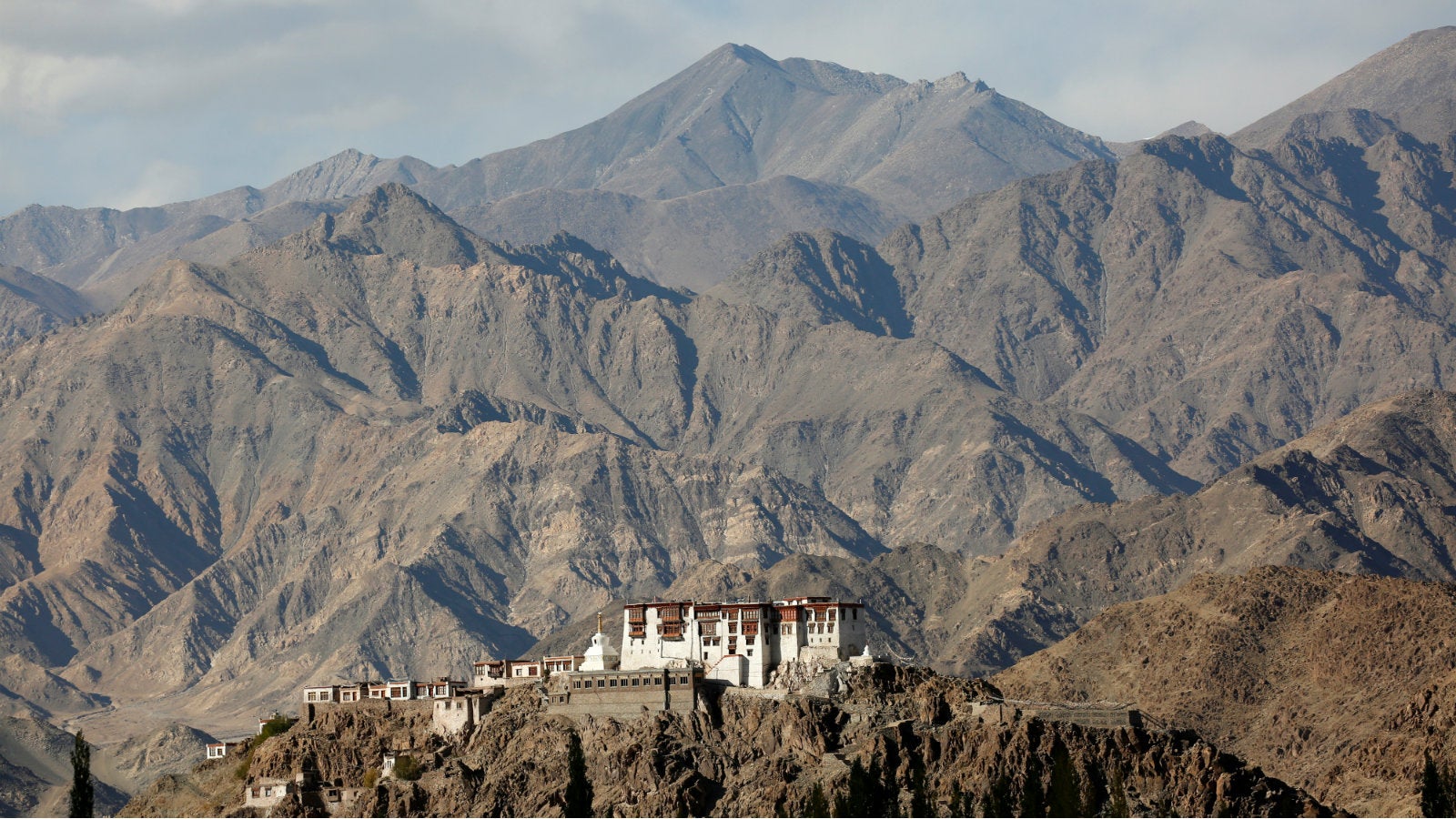

Nestled high up in the Indian Himalayas, Ladakh was first opened up to tourists only in 1974. That year, just 527 visitors made the trip; of these, only 27 were from India. But in recent years, with rising disposable incomes and a growing interest in travel, Indians are increasingly flocking to the region’s high-altitude villages, encouraged by better accessibility and the proliferation of package tours.
In 2017, the number of tourist arrivals in Ladakh is expected to be 313,000, government estimates say. That’s 10 times the figure for 2002.
It’s not difficult to fathom why: Ladakh’s windswept landscape and icy lakes are a world away from the noise and crowd of metropolises such as New Delhi and Mumbai. The region, which borders Tibet on the east, is home to thousands of ethnic Tibetans whose unique Buddhist culture permeates the small towns and villages. Ladakh also has a large Shia Muslim population.
And while the tourism boom has improved the lifestyle of Ladakh’s 280,000 residents, it’s also threatening the local culture and traditions. ”Now we can eat better vegetables and wear better clothes,” Tashi Phutit, an 81-year old wheat farmer and housewife, told Reuters. “The problem is people are becoming greedy.”
Here are some images of the people and places in one of India’s most beautiful corners, shot by Reuters photographer Cathal McNaughton:
